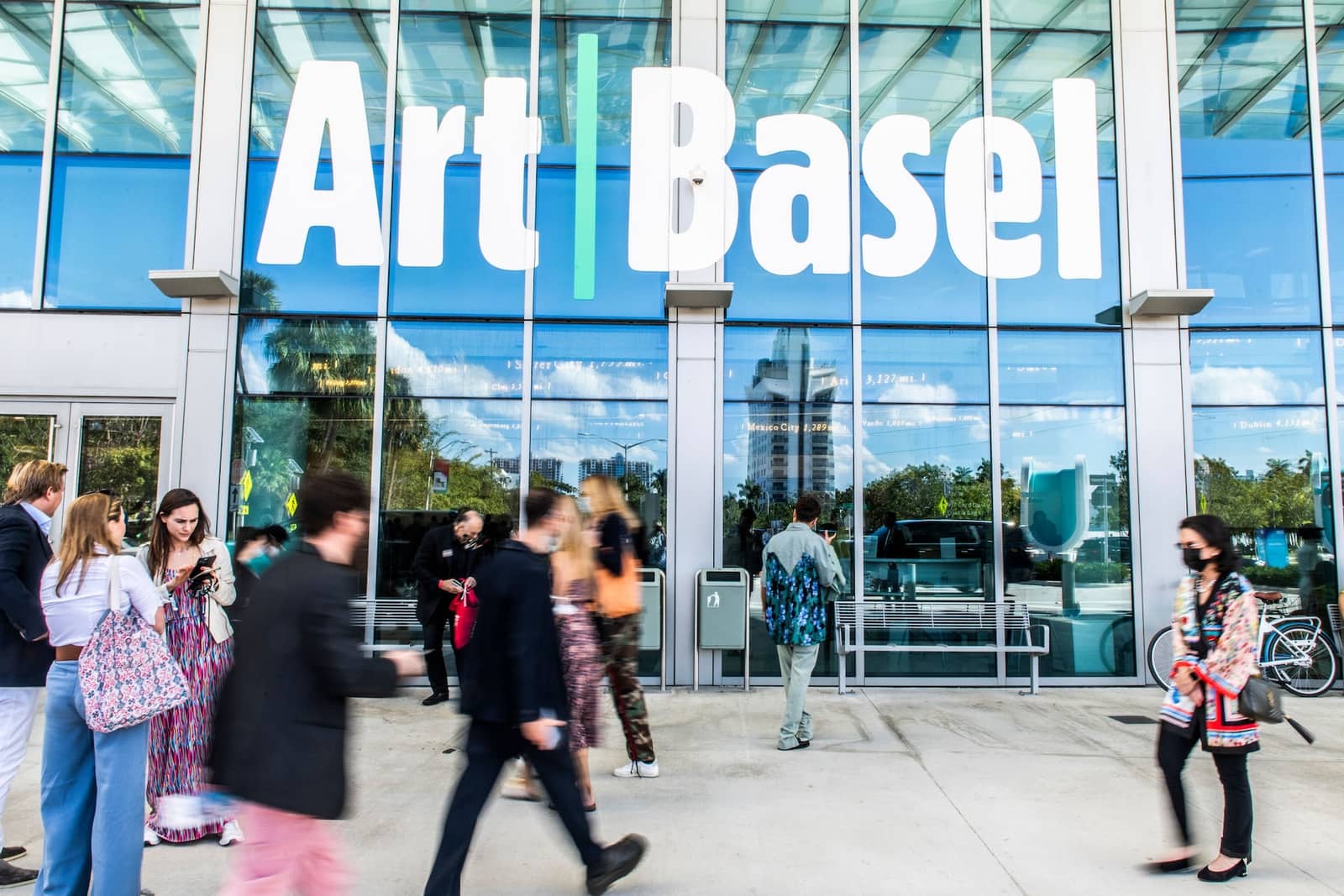IN
IN
JPN
EN
Join Our Communities

NFTs represent exclusive access to code on the blockchain, with no accompanying rights to what the code purports to represent, argues Professor of Law at Kentucky College of Law and conceptual artist Brian Frye. The development of NFTs represents a wholesale shift in how the law approaches copyright and the true meaning of ownership in the age of digital, immutable blockchain art.
Having studied art and been an artist before he began his law career, Frye said when he first encountered NFTs, he was coming from the traditional art world approach. “I was surprised because it struck me that what was being transacted [as NFTs on the blockchain] was essentially nothing,” said Frye.
“All you were getting was exclusive access to code on the blockchain without the accompanying rights to what the code purports to represent.”
NFTs have decoupled the expression of art from the notion of ownership, said Frye. “It’s essentially ownership of ownership without control of the underlying work.”
Frye said he conceptualized NFT buyers’ relationship with the art they purchase as a matter of “clout” and what he describes as ‘pownership.’
“Clout is better than ownership,” he said, of the impact and reputational value of purchasing an NFT gives the buyer. With clout, an NFT buyer doesn’t need to own the work; instead, they, in effect, get kudos."
He also noted NFTs could help solve the long-term problems with existing copyright laws and practices. “Copyright has always been a kludge. It tries to solve market failures by establishing limitations on the use of a public good that would otherwise be freely available,” he said.
By shifting to a market recognizing clout, the buyer creates a new relationship with a creator, building on association and reputational growth and the new notion of clout.
Frye also observed that traditional art has always been about NFTs, but the market didn’t see them as such. An artwork is verifiable, and so being verified, it earns its place in a catalog.
“The only reason a piece of art has value is by association,” he said. “What the [art] market had been transacting in is not the aura of authenticity, but ownership, so in effect, it is who had the clout in the market.“
Photo Credit - Art Basel Miami